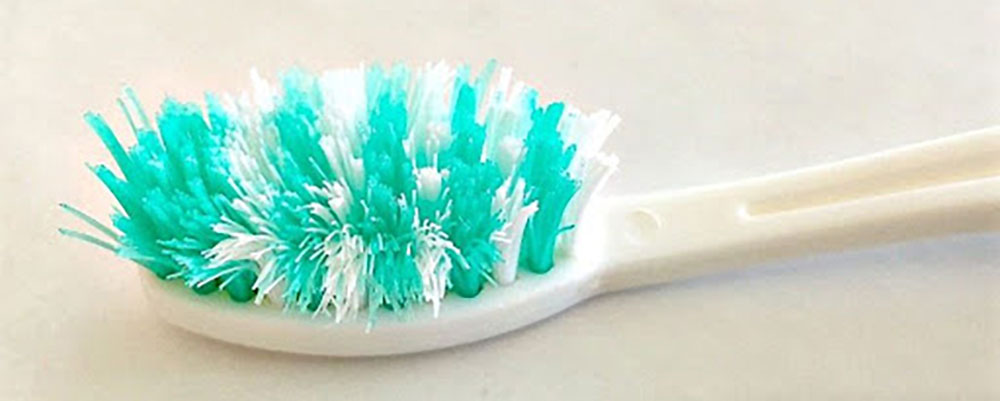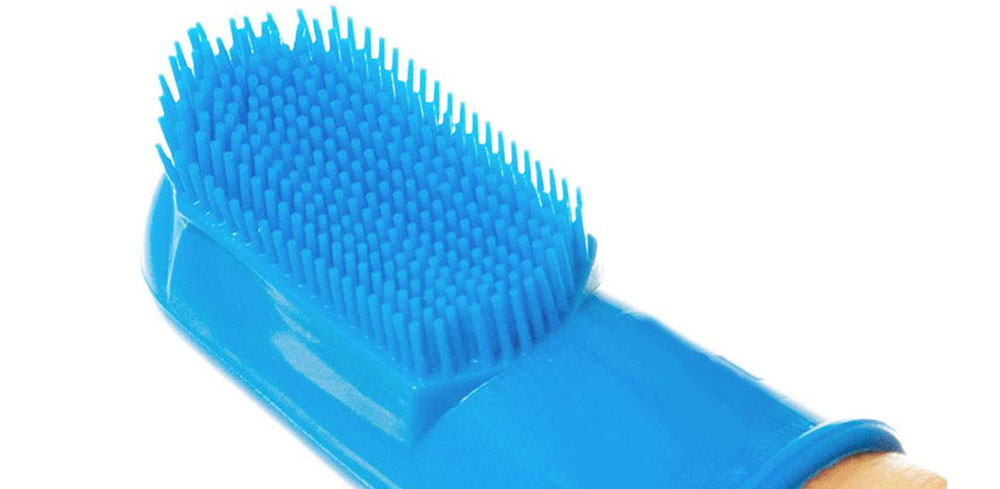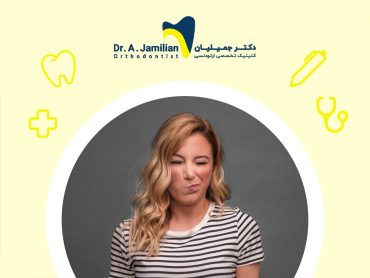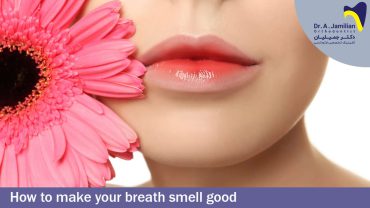In the human mouth, there are various bacteria that lures there. If not eradicated, they can harm the teeth. Bacteria such as these cause plaques that will gradually result in tooth decay. After a while, plaques will be resistant to a toothbrush, thus, making patients teeth scaling and root planning for decay prevention.

How to Select Appropriate Toothbrush
When selecting an appropriate toothbrush, you should consider the following points. The brush should fit your mouth and reach all areas in it. If you have sensitive teeth, use a toothbrush with soft bristles. Avoid a toothbrush with hard bristles, as their fibers may harm your gums.
Pick a toothbrush made of high-quality fibers. In fact, toothbrushes with hard bristles usually harm teeth, gums and worsen dental porosity. Change your toothbrush every two months. Do not use a deformed toothbrush. Replace it with a new one.
Some toothbrushes change colors after they expire. You should also change your toothbrush after you recover from a disease. The accumulation of microbes on a toothbrush will lead them back into the throat, cause sinus pains, and result in a relapse. Some special patients should change their toothbrushes every 1 to 3 weeks.

Correct Use of a Toothbrush
There are different methods of tooth brushing, but the best way is the method that brings you pleasure and comfort in addition to cleaning the mouth and teeth completely.
Before starting to brush your teeth, rinse your mouth first so that the toothpaste can foam well. Do not rinse your toothbrush.
Push the toothpaste within the bristles of your toothbrush so that it can reach all teeth while brushing.
You should brush your teeth at least twice every 24 hours: once after breakfast and once before bedtime.
The correct procedure for brushing the teeth includes four steps:
1- Cleaning the Frontal Surface of Teeth
The parts of your teeth responsible for chewing are so sensitive that they must constantly be taken care of during the day. To brush these areas correctly, place the toothbrush on the teeth tracks first. With a correct sweeping motion, then move the toothbrush from the mandible toward the maxilla. Repeat this motion backward gently so that the bristles of your toothbrush can help the foam penetrate easily into the interdental spaces and eradicate the bacteria.

2- Moving the Toothbrush over Side Teeth near Gums
This is considered one of the most important but hardest brushing steps. Due to direct contact with side gums, dental problems always emerge in this area of the mouth. Side gums are more sensitive to the other parts of gums due to negligence.
To brush these parts correctly, you should be able to penetrate the bristles of a toothbrush into the interdental spaces. So, put your toothbrush at a 45º angle over your teeth first in a way that its bristles are placed between the tracks of newer teeth. With gently sliding motions, keep up this action all the way down to the mandible. After 3 or 4 attempts, these methods clean the side teeth properly.
You must make vibrating motions, and place the toothbrush on the tooth tracks to clean these parts of your teeth better.
3- Brushing the Inner Surface of Teeth
To brush your teeth in a completely standard way, put the toothbrush at a 45º angle within your teeth first and move it up and down. In this method , you can easily clean the inner space of teeth and their tracks. It’s recommended to use a back-and-forth method because it wears out the teeth and leads to decay in the long run.

After that, it’s cleaning the arc area inside your teeth. Place a part of the toothbrush vertically in your mouth, and clean this area from top to bottom. To better implement the steps and accelerate the procedure, change the brushing direction gradually as you move from the back to the front and inside the teeth. This avoids hurting your teeth and gums.
4- Cleaning the Tongue with a Toothbrush
The tongue is a part of the mouth that is usually neglected. After the mouth is washed, the uncleaned tongue will lead to the accumulation of destructive bacteria on teeth, which results in tooth decay.

Many of the new and standard toothbrushes have soft components in the back for cleaning the tongue. If a toothbrush does not have this component, the tongue may be brushed gently back and forth to eradicate all bacteria.
Tooth Brushing and Orthodontics
Brushing the orthodontic teeth is slightly different from brushing normal teeth, so a special orthodontic toothbrush should be procured. This kind of toothbrush has short, stiff bristles in the middle. In this case, the orthodontic jewel and archwires are cleaned properly. An orthodontic toothbrush has a tall round tip that can clean teeth and gums well. You can also use an electric toothbrush to brush orthodontic teeth.
An oral irrigator may also help to properly clean your braces. This device does not replace a toothbrush but acts as an appropriate supplementary device to clean orthodontic braces. It is also helpful to use an interdental brush that fits the mouth. This kind of toothbrush removes the pieces of food stuck between orthodontic brackets and cleans the teeth without harming the gums. All you need to do is move it back and forth.

Brushing Teeth in Children and Toddlers
Children’s newly grown teeth may be cleaned with a neat damp piece of cloth. This technique can help save milk teeth from decay. Young children can use finger toothbrushes, which have soft bristles, to clean their children’s teeth. These toothbrushes do not harm the gums. On top of this, they are also easy for parents to use.
Children are usually unable to brush their own teeth until the age of six, so parents can utilize finger toothbrushes to clean their children’s teeth. Children also learn to value their oral hygiene. After the age of six, children are able to brush their own teeth, but parents are advised to monitor their children’s brushing until t 12 years of age.

Parental Assistance with Children’s Tooth Brushing
In fact, it takes two minutes to brush all teeth correctly, but your child might grow weary of trying for this long. It is better to go easy on children at first and then prolong the brushing period. Consider the following tips to help your child brush his/her teeth:
- Ask your child to help select a toothbrush and a tube of toothpaste in order to improve his/her sense of independence and personality.
- Allow your child to select his/her toothbrush so that he/she will be interested in tooth brushing.
- Changing your child’s toothbrush regularly and procuring various colorful toothbrushes will encourage him/her to use a toothbrush more often.
- Reward your child for brushing his/her teeth. Compliment on his/her tooth brushing among friends so that your child will be more motivated to brush his/her teeth.
- Adjust the toilet mirror so that your child can easily see himself/herself in the mirror while having easy access to the faucet.
- Explain how to correctly brush teeth step by step to your child.

Frequently asked questions about how to brush teeth
Cough, cold syrup as well as antihistamines are acidic and damage the structure of the teeth. After taking such medications, you should rinse your mouth with plenty of water, and do not brush immediately.
Brushing with a hand toothbrush takes about 5 minutes. Too much brushing and incorrect brushing leads to gingival resorption. Electric toothbrushes usually warn you to finish brushing after 2 minutes. Since an electric toothbrush cleans the teeth better, it can be said that brushing with electric toothbrushes takes less time in comparison with brushing with hand toothbrushes.
Change the head of your toothbrush when the bristles get out of their original state. Some toothbrushes have an indicator which signifies the time when it should be changed. This indicator is an alarm, informing you of the change when the color of the indicator is half pale.
You had better not brush your teeth immediately after drinking acidic beverages or vomiting, because the contact between the acid and the teeth will soften the enamel and you will have to wait for the enamel to be hardened again by saliva. If you brush your teeth instantly after having an acidic drink or vomiting, the speed by which your tooth enamel is wrecked will go up. Avoid brushing your teeth for at least an hour after having such acidic beverages as orange juice. Research has shown that it takes an hour for saliva to disclose its neutralizing effects after drinking an acidic beverage.
In comparison to a toothbrush which has been used for about three months, vs a new toothbrush, the new toothbrush removes 30 percent more microbial plaque and food residue from the teeth. Therefore, a well-timed change of a toothbrush will help to maintain the health of the mouth and the teeth.
Brushing teeth with an electric toothbrush will take about two minutes, but the pressure and force that an electric toothbrush puts on the teeth is steady and regular. So an electric toothbrush cleans teeth better than a hand toothbrush.
In addition to cleansing the teeth better, an electric toothbrush is also a useful method for encouraging children to brush their teeth. Generally children cannot apply the right pressure and force to their toothbrush while an electric toothbrush applies this force correctly and equally to the teeth. Rotating and fast movements of an electric toothbrush are also much more helpful than a hand toothbrush. Furthermore, electric toothbrushes can protect the dental and oral health better.
Interdental toothbrushes are small toothbrushes that are used to clean large spaces between teeth and between orthodontic wires and brackets. Commonly, it is not possible to clean these spaces with an ordinary hand toothbrush.
Try to use a complete package of oral and dental care items to keep your teeth healthy and clean while having an orthodontic treatment. Flossing and using a dental toothbrush regularly are essential to maintain oral and dental health. Interdental toothbrushes are not a substitute for a hand toothbrush or dental floss and are just a supplement to these oral and dental care items.
Put your toothbrush inside boiling water once a week. Although this will gradually soften your toothbrush, it is a very effective way to kill its germs. Use this method only once a week to prevent damaging your toothbrush. Using a solution of water and salt can also be effective.







